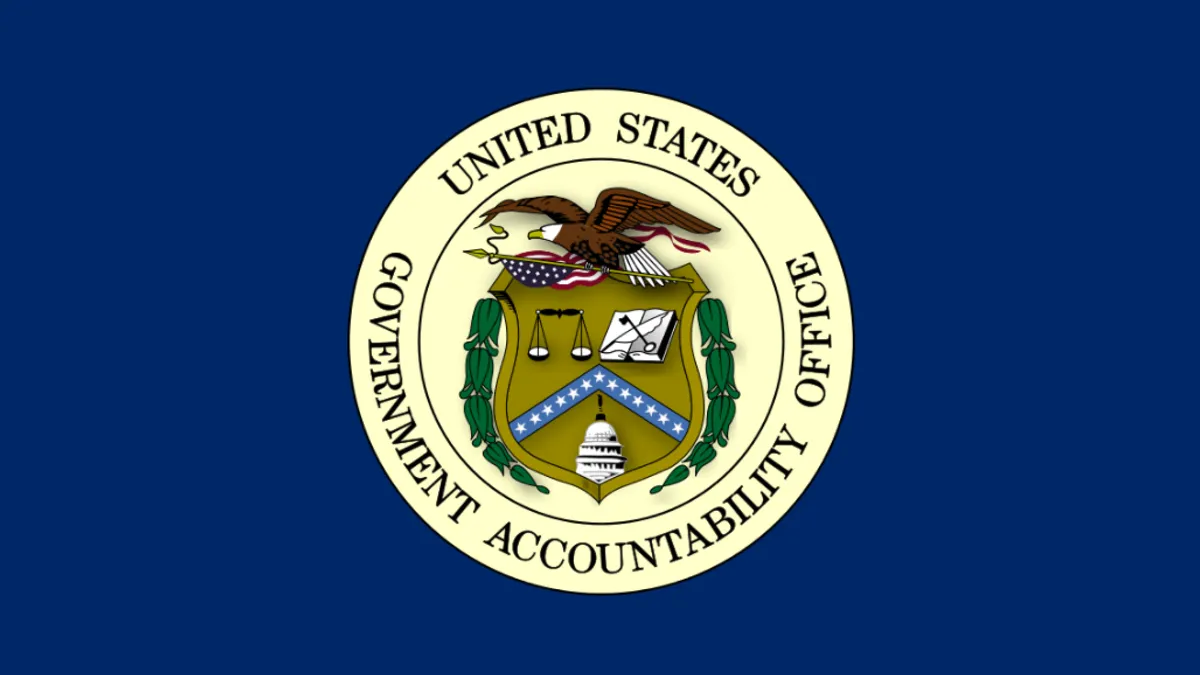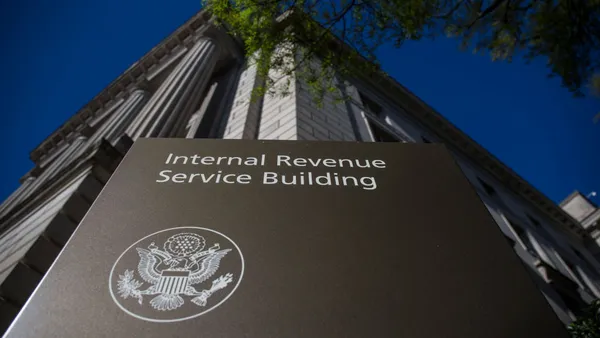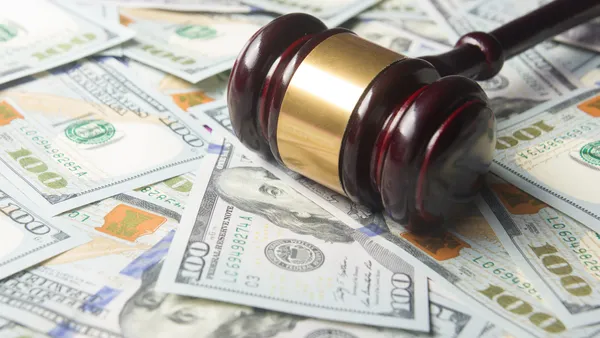Dive Brief:
- Leveraged loans — the kind of loans made to credit-risky businesses for high returns — saw high defaults and credit downgrades early in the pandemic but recovered somewhat and don't pose a big threat to the country's financial stability, a report by the General Accountability Office (GAO) finds.
- The market for institutional leveraged loans surged to $1.2 trillion in 2019 from $500 billion in 2010, as high yields attracted investors and looser underwriting standards appealed to riskier borrowers, the GAO said. The agency is a key watchdog for the federal government.
- Leveraged loan issuance in the United States totaled $158 billion during the third quarter, a 9% increase over the prior quarter, according to White & Case LLP.
Dive Insight:
After its initial hit from the pandemic, the market for leveraged loans rebounded, as borrowers overcame challenges and persistently low interest rates prompted investors to reach for yield. That means companies with high risk profiles continue to stand a good chance of obtaining credit by specialized lenders who cater to sophisticated, yield-seeking investors.
Market risks remain, however. Defaults among leveraged loans and high-yield bonds will probably rise because of disruption from COVID-19, according to Fitch Ratings.
"U.S. institutional leveraged loan and high-yield issuers will face a multi-year elevated default environment through 2022 as a result of the coronavirus pandemic," Fitch said.
The robust growth in leverage lending and collateralized loan obligations (CLOs) — securities backed by pools of high-risk loans — has been compared to the surge in subprime mortgages prior to the 2007-2009 financial crisis, the GAO said. Prior to the crisis, mortgage companies eased lending standards and securitizers shifted the risks of weaker underwriting to investors, undermining stability across the financial system.
Even though the market has stabilized somewhat, the GAO called on Congress and the Financial Stability Oversight Council (FSOC) to curb risks from leveraged lending and other forms of finance. The FSOC was created in 2010 after the financial crisis to look for systemic risks in the country's financial system. It's mainly an assessment agency but has authority to take some actions when risks are seen. The GAO recommended lawmakers strengthen the agency's ability to respond to systemic risks.
The GAO also recommended that FSOC conduct scenario-based exercises to evaluate the ability to curb instability in leveraged lending and other areas of finance.
"FSOC neither agreed nor disagreed with the recommendation, but said it would take further actions if it determined necessary," according to the GAO.














